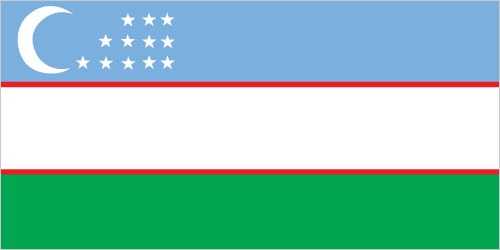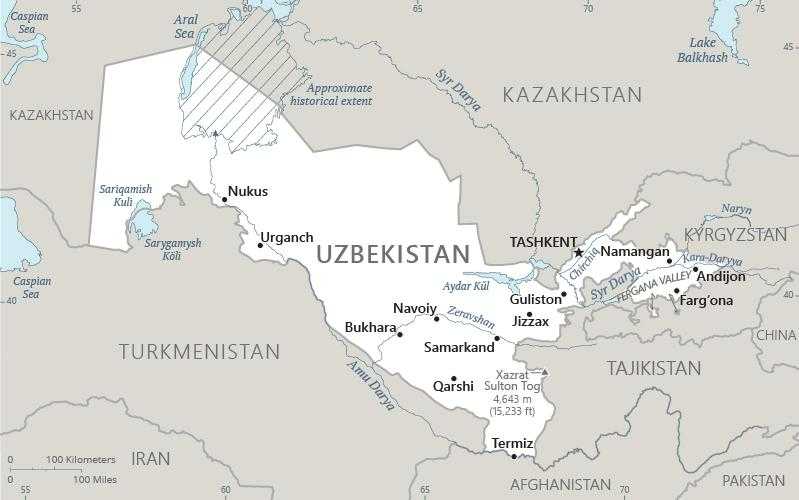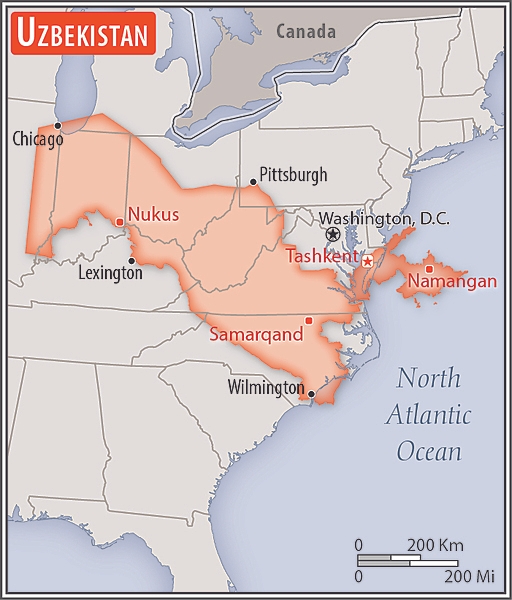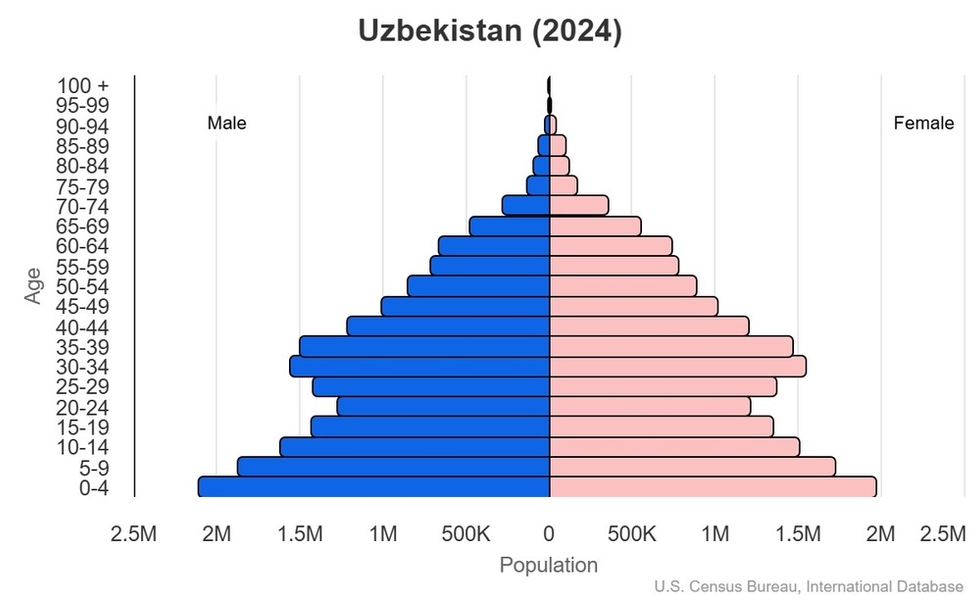Introduction
Visit the Definitions and Notes page to view a description of each topic.
Geography
People and Society
Population
comparison rankings: total 42; male 41; female 41
Median age
comparison ranking: total 148
Population growth rate
comparison ranking: 69
Birth rate
comparison ranking: 64
Death rate
comparison ranking: 190
Net migration rate
comparison ranking: 149
Maternal mortality ratio
comparison ranking: 118
Infant mortality rate
comparison ranking: total 85
Life expectancy at birth
comparison ranking: total population 114
Total fertility rate
comparison ranking: 57
Obesity - adult prevalence rate
comparison ranking: 123
Alcohol consumption per capita
comparison ranking: total 124
Tobacco use
comparison ranking: total 102
Children under the age of 5 years underweight
comparison ranking: 99
Education expenditure
comparison ranking: Education expenditure (% GDP) 41
Environment
Carbon dioxide emissions
comparison ranking: total emissions 40
Government
Economy
Real GDP (purchasing power parity)
comparison ranking: 57
Real GDP growth rate
comparison ranking: 19
Real GDP per capita
comparison ranking: 141
Inflation rate (consumer prices)
comparison ranking: 176
GDP - composition, by sector of origin
comparison rankings: agriculture 38; industry 45; services 173
Industrial production growth rate
comparison ranking: 23
Labor force
comparison ranking: 44
Unemployment rate
comparison ranking: 75
Youth unemployment rate (ages 15-24)
comparison ranking: total 113
Gini Index coefficient - distribution of family income
comparison ranking: 80
Taxes and other revenues
comparison ranking: 120
Current account balance
comparison ranking: 177
Reserves of foreign exchange and gold
comparison ranking: 51
Debt - external
comparison ranking: 30
Energy
Electricity
comparison rankings: installed generating capacity 53; consumption 42; exports 57; imports 46; transmission/distribution losses 148
Energy consumption per capita
comparison ranking: 89
Communications
Telephones - fixed lines
comparison ranking: total subscriptions 26
Telephones - mobile cellular
comparison ranking: total subscriptions 43
Broadband - fixed subscriptions
comparison ranking: total 24




